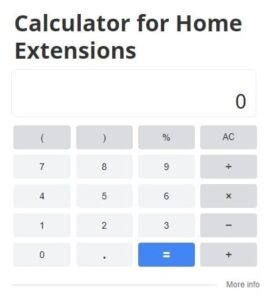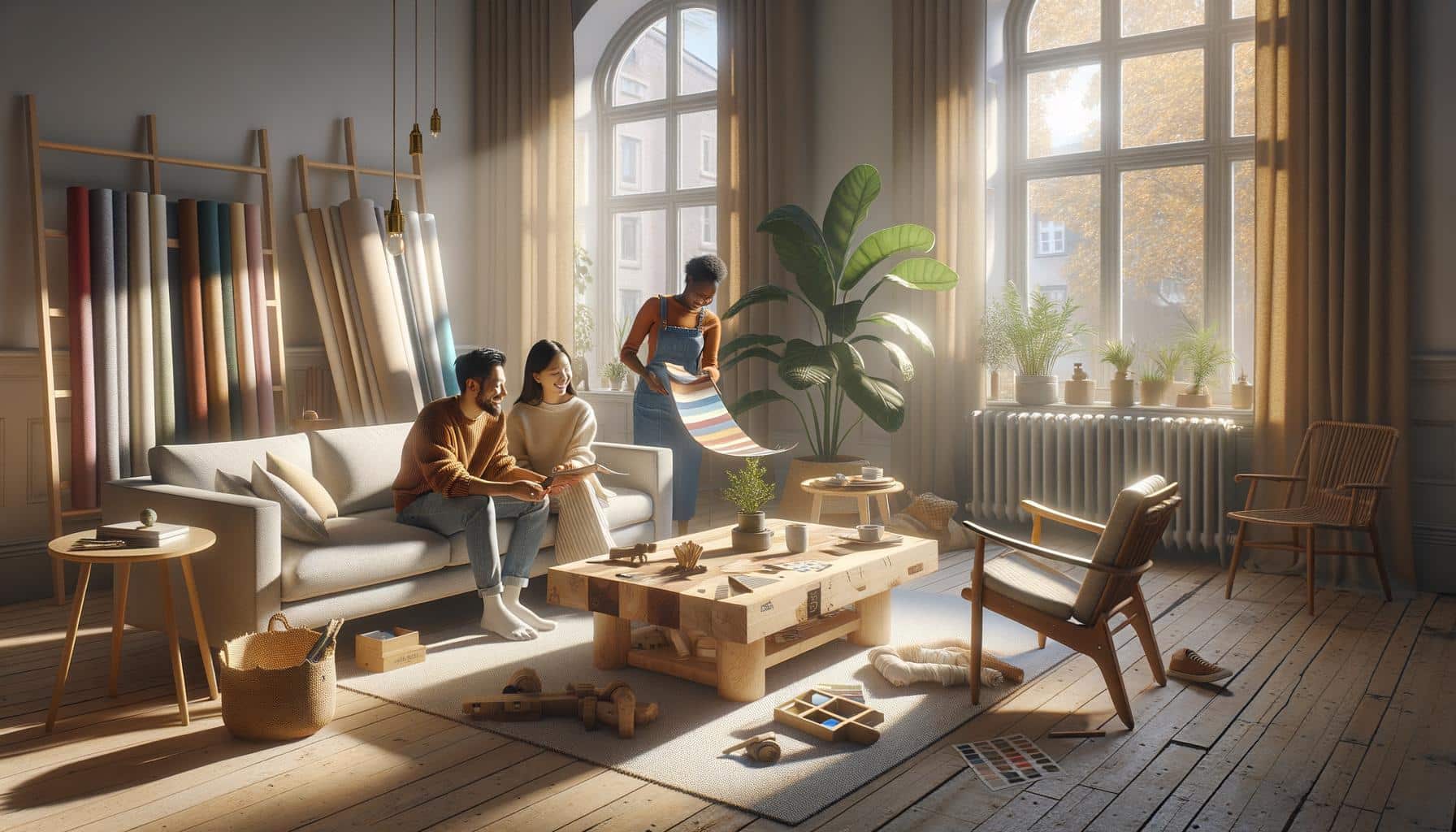
Home renovation costs have skyrocketed 23% since 2020, but smart homeowners still find ways to transform their spaces affordably. The cheapest renovation ideas often deliver the biggest visual impact.
We at Home Owners Association have helped thousands of members complete stunning makeovers without breaking the bank. Strategic planning and knowing where to splurge versus save makes all the difference.
How Much Should You Actually Budget?
The 20% Buffer Rule
Professional contractors recommend the 20% rule for every renovation project. Take your maximum spending limit and subtract 20% for unexpected expenses. This buffer prevents the financial stress that hits 95% of homeowners who face cost overruns during their projects.
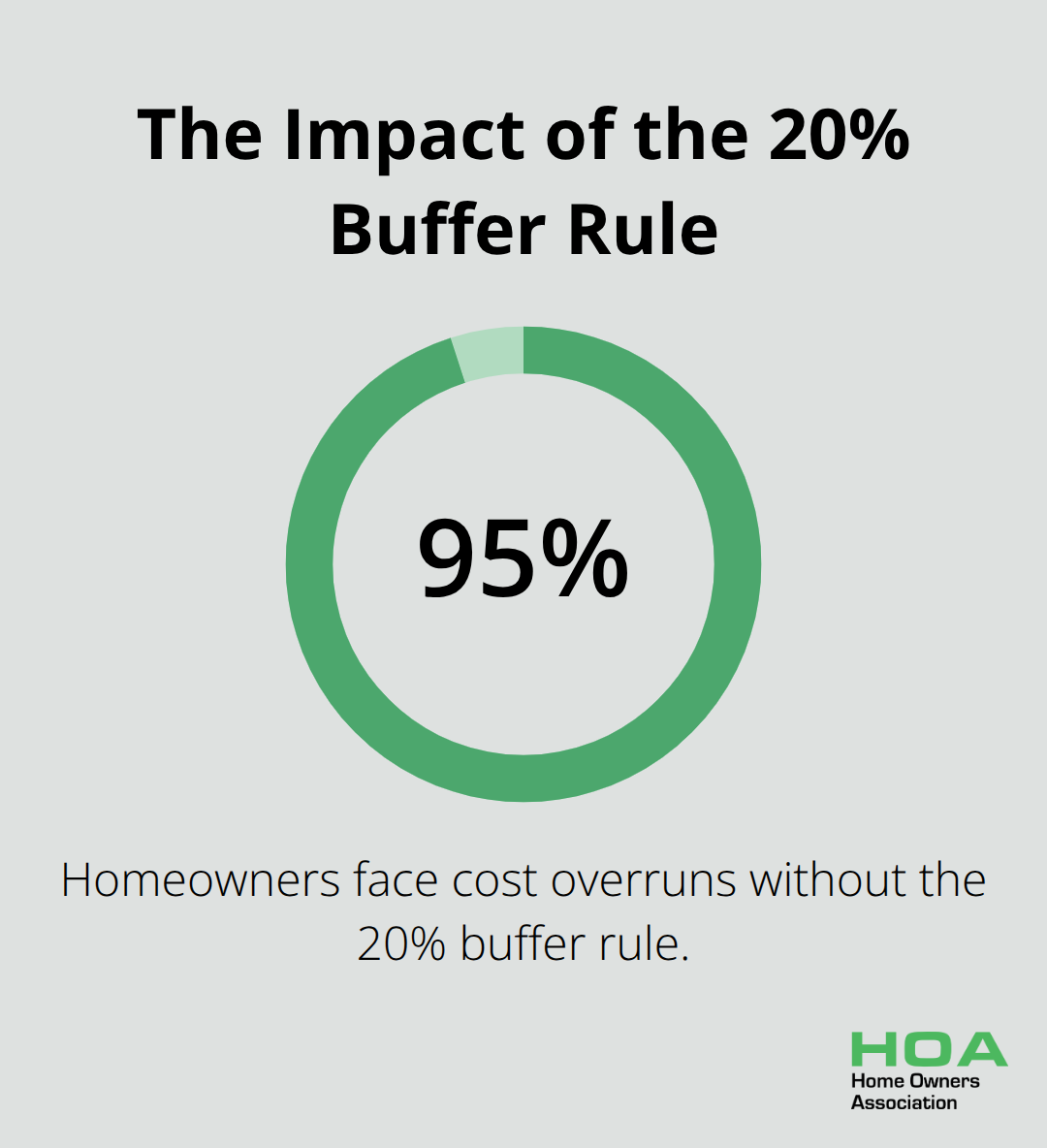
Labour costs represent a significant portion of renovation expenses. Accurate budget planning from day one saves thousands later and keeps your project on track financially.
Target High-Return Investment Areas
Kitchen and bathroom renovations deliver the highest returns on investment. Minor kitchen remodels average $27,492 but return $26,406 in resale value (according to Remodeling Magazine’s Cost vs Value Report). Bathroom updates yield 71% of their cost back in home value.
These spaces deserve your biggest budget allocation rather than money spread across every room. Focus your resources where they create maximum impact and financial return.
Time Your Material Purchases
Material costs fluctuate dramatically throughout the year. Lumber prices swing 15-25% seasonally, with January and February offering the best pricing windows for major purchases.
Get three quotes minimum for flooring and other big-ticket items. Homeowners who compare prices across multiple suppliers save 15-25% over big box retailers for specialty items. Trade pricing through professional organisations can slash material costs by 15-30% compared to retail pricing.
Track Every Dollar
Create a detailed spreadsheet with specific line items for materials, labour, permits, and your contingency fund. This systematic approach helps you spot potential overruns before they become expensive problems.
Smart homeowners know that proper budget tracking sets the foundation for successful DIY versus professional work decisions in your next renovation phase.
What Should You DIY and What Needs Professionals
Save Big on Simple Projects
DIY painting projects cut costs by $3-5 per square foot compared to professional rates of $8-12 per square foot. You can replace kitchen cabinet hardware for just $3-8 per handle as a DIY project versus $15-25 when professionals install them. Light fixture replacement, basic landscape work, and power washing rentals at $50 beat professional services that cost up to $500.
The National Association of Home Builders reports that DIY homeowners spend 22 hours per week on their projects. This time commitment becomes a key factor when you decide which tasks to tackle yourself.
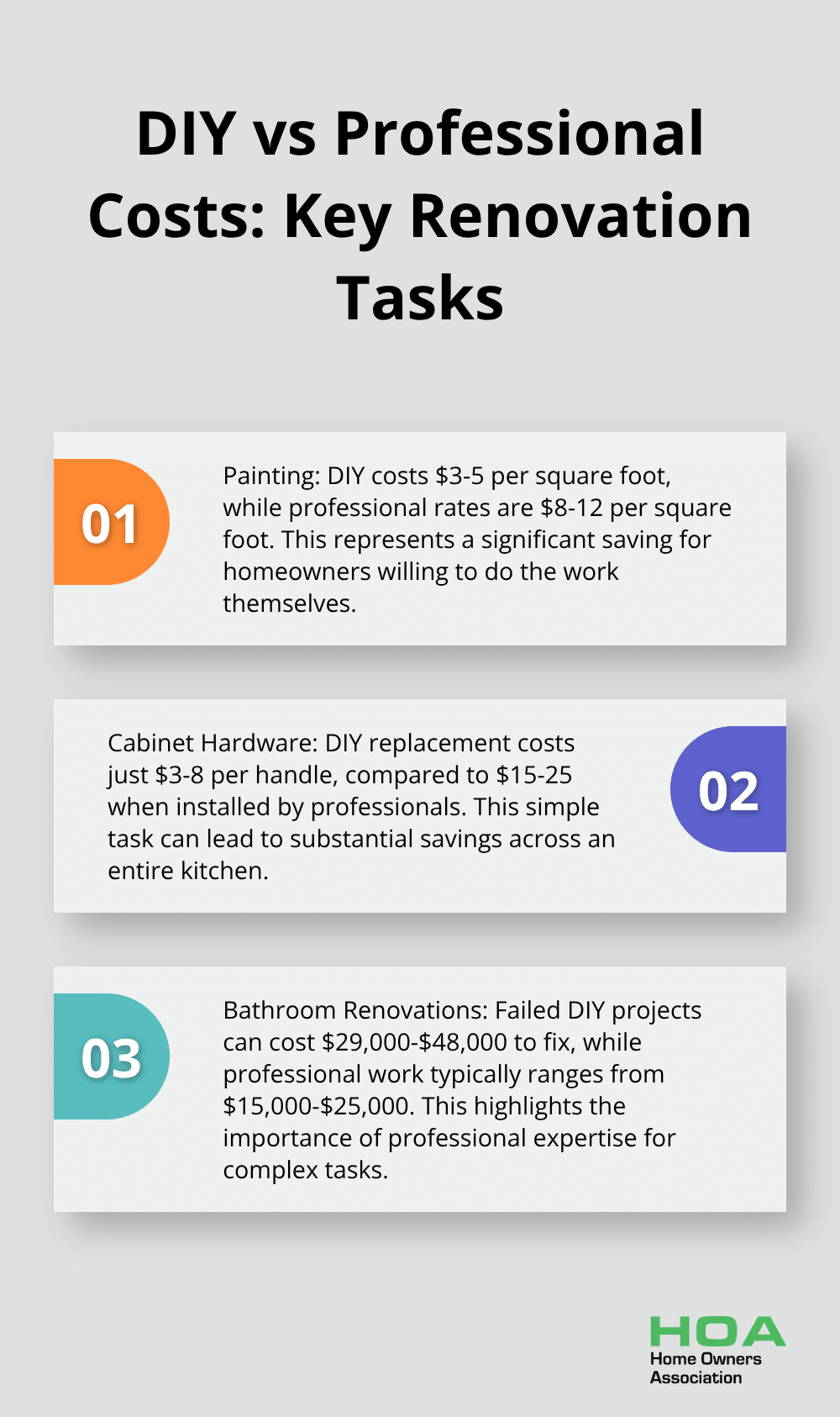
Never DIY These Complex Tasks
Electrical panel work and plumbing behind walls require professional expertise to prevent catastrophic failures. DIY bathroom renovations often end in regret, with failed projects costing $29,000-$48,000 to fix versus $15,000-$25,000 for professional work.
Professional work costs more upfront but prevents expensive corrections and safety hazards. Complex structural changes, gas line modifications, and major HVAC installations demand licensed professionals who understand local codes and safety requirements.
Access Trade Discounts Through Professional Networks
Home Owners Association members access trade discounts that deliver significant savings on construction materials compared to retail prices. This exclusive benefit applies to flooring, fixtures, appliances, and supplies from approved vendors across Australia.
Professional contractors often share their trade accounts with clients (extending similar discounts to homeowners who hire their services). Seasonal clearance events from January to March offer additional savings up to 60% on materials.
Smart material choices and strategic shopping techniques can stretch your renovation budget even further, which leads us to the next phase of your budget makeover strategy.
Smart Material and Design Choices
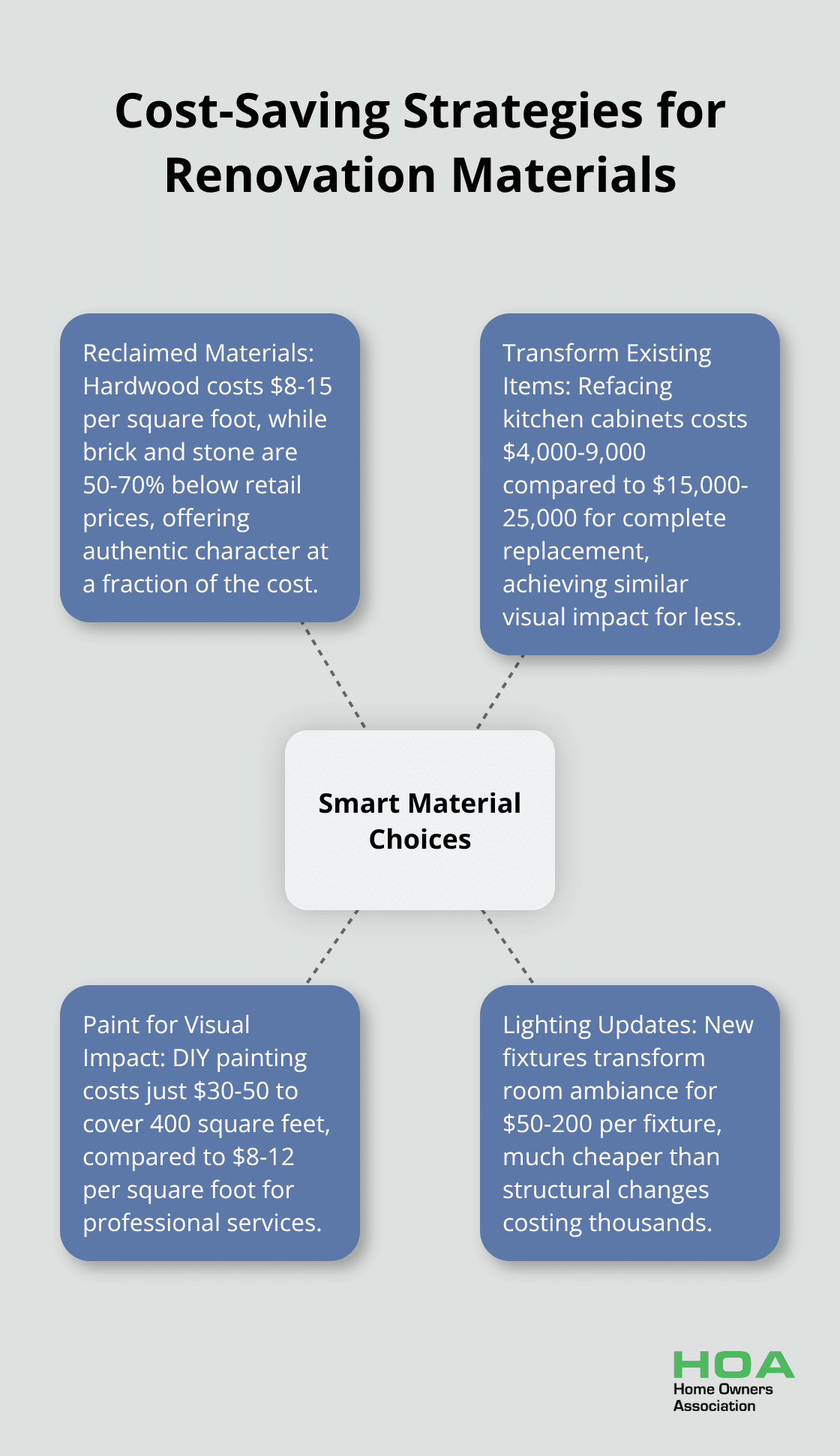
Hunt for Quality Materials at Discount Prices
Reclaimed materials offer exceptional value for budget renovations. Reclaimed hardwood costs $8-15 per square foot, while reclaimed brick and stone deliver authentic character at 50-70% below retail prices. Facebook Marketplace and local reclamation yards stock quality materials from demolished buildings and previous renovations.
Estate sales frequently feature architectural salvage including vintage light fixtures, cabinet hardware, and unique tiles that cost pennies compared to reproduction pieces. Seasonal clearance events from January to March provide savings up to 60% on materials when retailers clear inventory.
Transform What You Already Own
Old furniture transforms into custom built-ins with minimal investment. A dated dresser becomes a stylish bathroom vanity for under $200 in materials versus $800-1,500 for new vanities. Kitchen cabinet refacing costs $4,000-9,000 compared to $15,000-25,000 for complete replacement while achieving similar visual impact.
Fresh paint and new hardware on existing cabinets creates a completely updated look for $300-600 total. Luxury vinyl plank flooring installs directly over existing floors in most cases (eliminating costly removal and disposal fees that add $2-4 per square foot to renovation budgets).
Paint Creates Dramatic Visual Changes
Professional painters charge $8-12 per square foot while DIY painting costs just $30-50 to cover 400 square feet. Matte wall paint paired with gloss trim creates visual depth and sophistication without expensive materials. Bold accent walls or painted stairs become focal points that transform entire spaces for minimal cost.
Wallpaper on a single accent wall incorporates patterns and colours into your décor without the expense of full-room treatments. Wainscoting or trim adds high-end appeal with little investment in materials and time.
Update Lighting for Maximum Impact
Updated light fixtures transform room ambiance for $50-200 per fixture compared to structural changes that cost thousands. LED lighting saves $200-400 annually on electricity bills while providing better illumination than outdated fixtures. Dimmer switches add lighting control and mood enhancement for $15-30 per room installation (a simple upgrade that dramatically improves older homes).
Final Thoughts
Sarah from Fitzroy transformed her kitchen for $8,500 and increased her home value by $18,000. Her success demonstrates how the cheapest renovation ideas often deliver the biggest returns when homeowners execute them strategically. Smart homeowners focus their budgets on high-impact areas that create lasting value beyond immediate visual improvements.
Energy-efficient LED lights save $200-400 annually on electricity bills while quality insulation cuts heating costs by 25-30% during colder months. These upgrades pay for themselves while they enhance daily comfort. Budget renovations build confidence for future projects as homeowners who start with simple DIY tasks develop skills for tackling larger renovations later.
We at Home Owners Association have supported Melbourne homeowners with expert guidance throughout their renovation journeys. Our members receive personalised advice that helps them balance DIY projects with professional expertise. Your budget makeover starts with one room and one smart decision (focus on areas that create maximum impact without financial strain).





